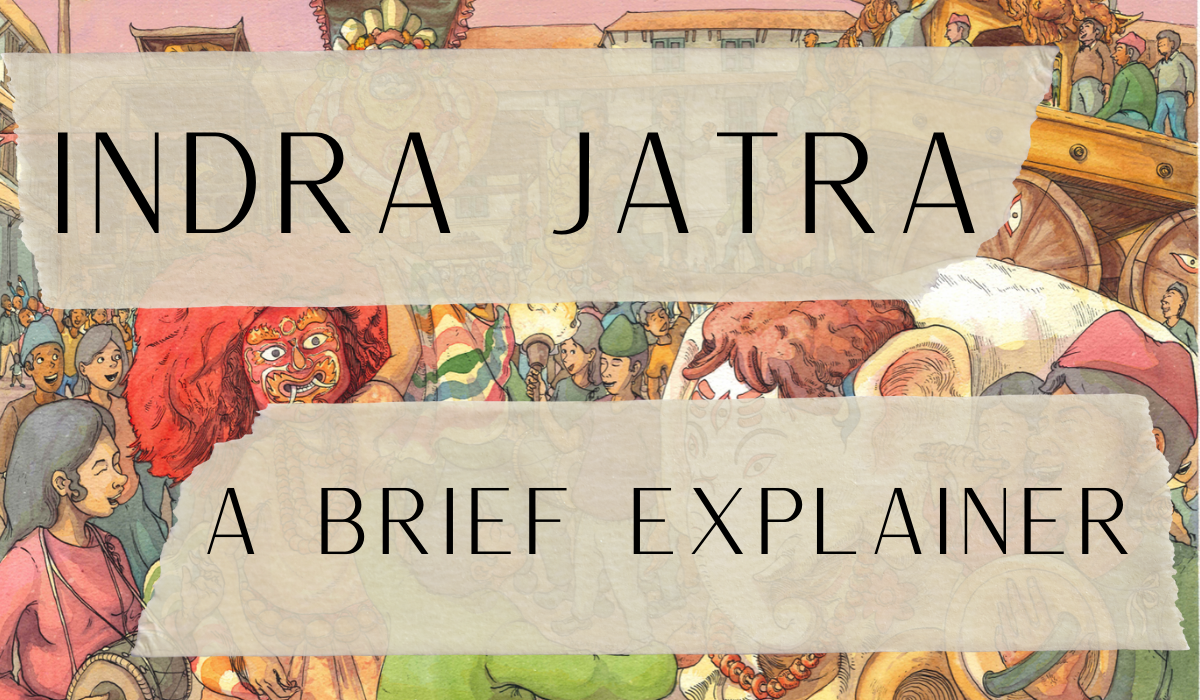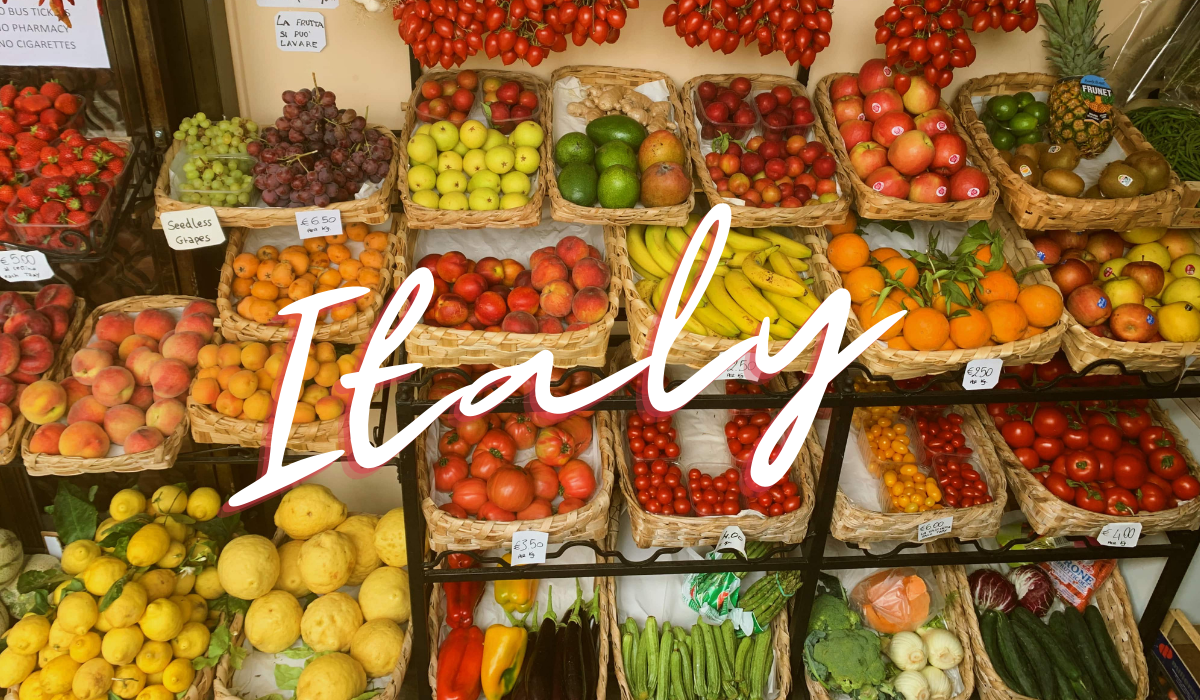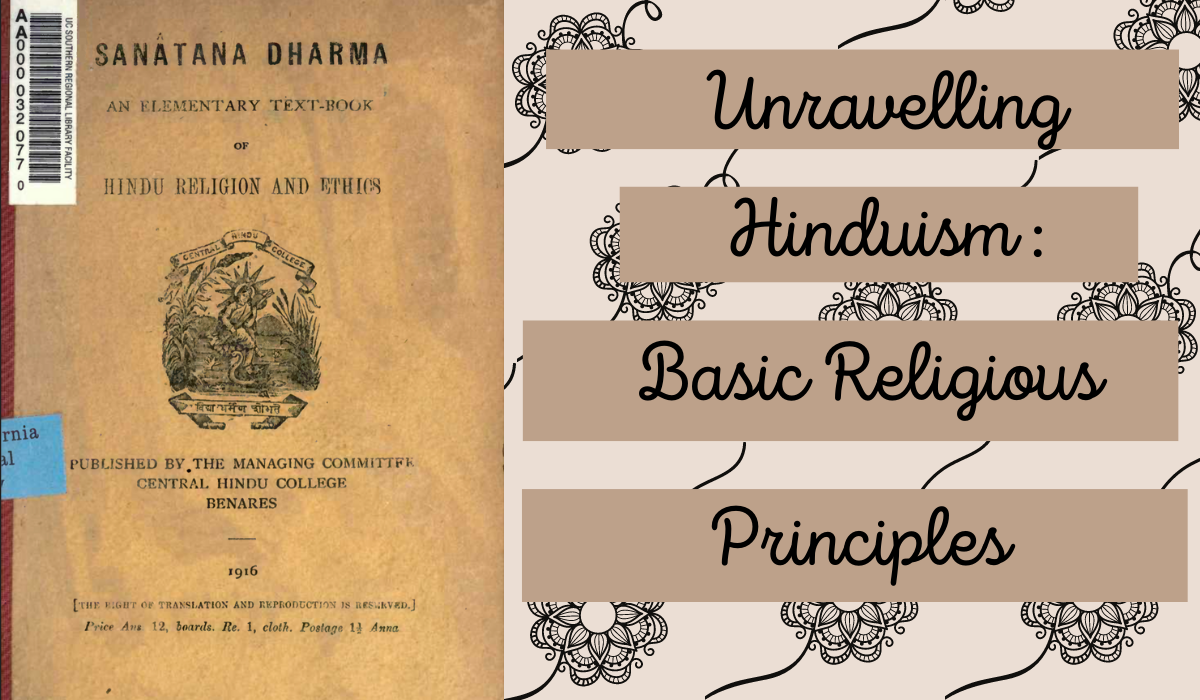Indra Jatra: A Brief Explainer

Indra Jatra this year (2021) will be celebrated on September 19th.
This festival is perhaps the most famous of all festivals celebrated in the Kathmandu Valley, characterised by colourful masked performers and parades held throughout the Valley. But do you know why we celebrate this day with such enthusiasm and ardour every year?
(Please note that what follows does not claim to be a factual, definitive or comprehensive history. These are stories that have been passed down in an oral tradition for many generations. There may be different versions of each of these stories and what is found here is simply one retelling. This article and its associated imagery are in no way meant to cause offence or wipe out any other narratives that may exist regarding these topics.)
To begin with, Indra Jatra is a celebration of the Hindu deity Indra, also known as the king of the gods and bringer of rain and thunder; he is often depicted in Hindu art as accompanied by a white elephant. Jatra on the other hand is a word of Newari origin which means procession, as can be seen in the grand processions that take place around Indra Jatra. The festival is also known by the name Yenya in the Newar community.
For many, the festival marks the rainy season or monsoon and homage is paid to the deity Indra as he is the one who is thought to be the bringer of the rains. Presumably, the rainy season was seen as a welcome respite from the heat and also as a necessity for the growth of crops, making the advent of monsoon a very welcome event. The festival is also a chance for many to remember the family members they have lost in the past year and commemorate their lives. The epicentre of festivities is in Kathmandu Durbar Square, and the celebrations can last up to a week with two main events occurring: Indra Jatra which is the procession of a captured Indra and Kumari Jatra which is the procession of the living Goddess, Ganesh and Bhairab. Traditional masked dancers take on the appearance of deities and demons and accompany the procession along with those who dress up as Airavata, Indra’s white elephant.
Some believe that the festival was created by King Gunakamadeva after the establishment of Kathmandu city, though there are also some mythical elements to the story of Indra Jatra.
It is thought that many eons ago, the deity Indra himself travelled down to what is now Kathmandu Valley. According to some sources this is thought to have happened during the reign of King Yalumbar (whom you may remember from our story on Akash Bhairab). The young Indra was tasked by his mother Aditi, also known as Dagini, to find a particular flower, parijat or night jasmine, which she required. Indra therefore came down to Kathmandu concealed in a cloud (this sounds familiar) and searched for this particular flower. He found it and was presumably in the process of plucking it and taking it back to his mother when he was discovered by the valley’s inhabitants. In complete ignorance of his true identity the valley dwellers captured this young man who dared to steal from them. For days Indra was kept in captivity by the Kathmandu residents of the time.
In heaven his mother and companions grew worried, and his large white elephant companion Airavata wandered the earth in search of Indra. Eventually Aditi herself came down to earth in search of her son. She discovered him encaged in Kathmandu and revealed his true identity along with her own to the thus far oblivious mortals.
We cannot know if the people of Kathmandu were embarrassed by their mistake or if they were simply overwhelmed by the presence of these two deities amongst them. What legend does tell us is that they made two requests each of Indra and Dagini. Firstly, Indra would appear in Kathmandu as a captive for seven days (we assume this was the length of his original captivity) every year, and that he would bring with him the rain which was so needed for the growth of the Kathmandu residents’ crops. From Dagini they asked that she take all those who had lost their lives in the last year up to heaven with her and that she blanket Kathmandu Valley in a pleasant and nourishing mist that would help the harvest. This cooling morning fog is still enjoyed by Kathmandu dwellers to this day.
The feat of capturing such a mighty deity is so important to the people of Kathmandu that all of the major gods in the Valley are displayed outdoors at this time as well, most notably the Bhairabs of Kathmandu. This is because even the mightiest gods want to witness the spectacle of Indra as the captive of Kathmandu. There is also a large pole erected at the beginning of the Indra Jatra period to remind us of this extraordinary event. This pole is carved out of a tree selected from the forests near Bhaktapur and is placed in Kathmandu Durbar Square with the flag of Indra at its tip. At the base of the pole is a cage within which an icon of the deity Indra and his elephant are placed to symbolise the events upon which the festival is based. At the conclusion of the festival the pole is cut down and ritually burned on the river banks of Kathmandu.
Hence we celebrate Indra Jatra for seven days of the year during the monsoon season. At this time we also remember the brave King Yalumbar and the Kumari Jatra that was later established by King Jaya Prakash Malla to coincide with the Indra Jatra.
We hope that you were able to learn something new about this important part of Kathmandu history and culture!
For further information please read:
https://kathmandupost.com/art-culture/2020/09/01/how-indra-jatra-came-to-be-one-of-kathmandu-s-most-celebrated-festivals
https://www.tibettravel.org/nepal-festival/indra-jatra.html

